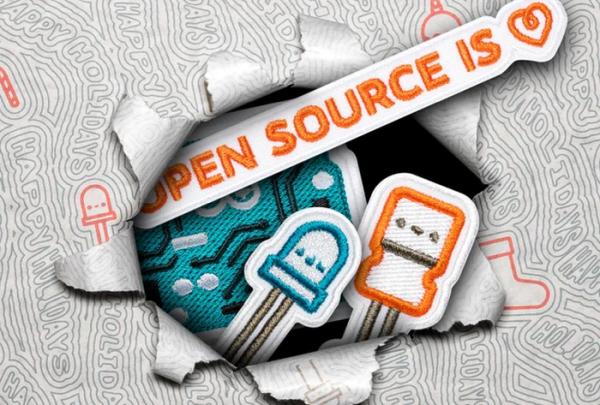If you are looking to learn more about electronics and building projects using micro controllers and mini PCs. A great place to start is using the Arduino platform, offering a selection of microcontrollers that can be easily configured and programmed to carry out a wide variety of different applications. Becky Stern and the Digi-Key YouTube channel have created beginners overview video of Arduino inputs and outputs. Providing a 10 minute overview of what you can use the range of microcontroller boards for.

Becky Stern shows you how to use digital and analog inputs when building Arduino circuits, including controlling LEDs using pushbuttons and potentiometers.
If you are unfamiliar with Arduino, it is an open-source electronics platform based on easy-to-use hardware and software. The official Arduino website claims a little more about the platform and what it can be used for.
“Arduino boards are able to read inputs – light on a sensor, a finger on a button, or a Twitter message – and turn it into an output – activating a motor, turning on an LED, publishing something online. You can tell your board what to do by sending a set of instructions to the microcontroller on the board. To do so you use the Arduino programming language (based on Wiring), and the Arduino Software (IDE), based on Processing.”
Arduino Inputs and Outputs
“Over the years Arduino has been the brain of thousands of projects, from everyday objects to complex scientific instruments. A worldwide community of makers – students, hobbyists, artists, programmers, and professionals – has gathered around this open-source platform, their contributions have added up to an incredible amount of accessible knowledge that can be of great help to novices and experts alike.”
Thanks to its simple and accessible user experience, Arduino has been used in thousands of different projects and applications. The Arduino software is easy-to-use for beginners, yet flexible enough for advanced users. It runs on Mac, Windows, and Linux. Teachers and students use it to build low cost scientific instruments, to prove chemistry and physics principles, or to get started with programming and robotics.
Designers and architects build interactive prototypes, musicians and artists use it for installations and to experiment with new musical instruments. Makers, of course, use it to build many of the projects exhibited at the Maker Faire, for example. Arduino is a key tool to learn new things. Anyone – children, hobbyists, artists, programmers – can start tinkering just following the step by step instructions of a kit, or sharing ideas online with other members of the Arduino community.”
